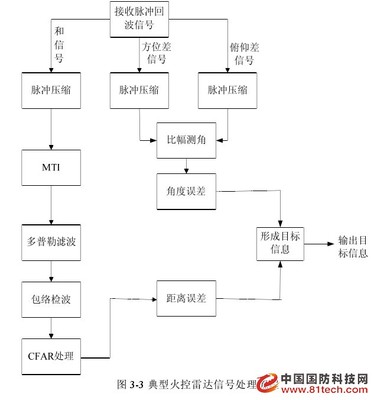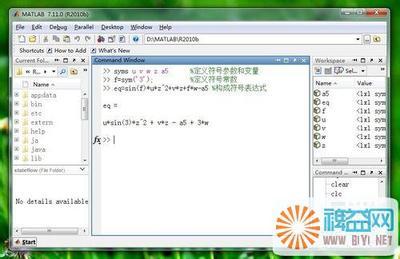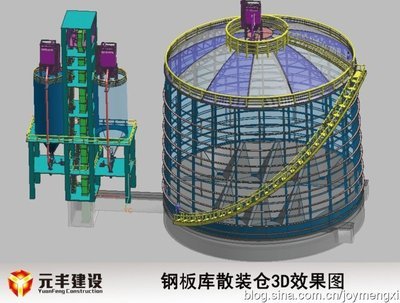匹配滤波器的仿真验证
一. 实验目的:利用matlab验证匹配滤波器的特性
二. 实验要求:设二进制数字基带信号s(t)=∑ang(t-nTs),加性高斯白噪声的功率谱密度为0。
其中an∈{+1,-1},g(t)=10<t<Ts
0 其他
(1)若接收滤波器的冲激响应函数h(t)=g(t),画出经过滤波器后的输出波形图;
(2)若H(f)= 1︱f︱<5/(2Ts)
0 其他
画出经过滤波器后的输出波形图.
三. 实验源码
clear all;
close all;
N=100;
N_sample=8;
Ts=1;
dt=Ts/N_sample;
t=0:dt:(N*N_sample-1)*dt;
gt=ones(1,N_sample);
d=sign(randn(1,N));
a=sigexpand(d,N_sample);
st=conv(a,gt);
ht1=gt;
rt1=conv(st,ht1);
ht2=5*sinc(5*(t-5)/Ts);
rt2=conv(st,ht2);
figure(1)
subplot(321)
plot(t,st(1:length(t)));
axis([0 20 -1.5 1.5]);ylabel('输入双极性NRZ数字基带波形');
subplot(322)
stem(t,a);
axis([0 20 -1.5 1.5]);ylabel('输入数字序列');
subplot(323)
plot(t,[0 rt1(1:length(t)-1)]/8);
axis([0 20 -1.5 1.5]);ylabel('方波滤波后输出');
subplot(324)
dd=rt1(N_sample:N_sample:end);
ddd=sigexpand(dd,N_sample);
stem(t,ddd(1:length(t))/8);
axis([0 20 -1.5 1.5 ]);ylabel('方波滤波后抽样输出');
subplot(325)
plot(t-5,[0 rt2(1:length(t)-1)]/8);
axis([0 20 -1.5 1.5 ]);
xlabel('t/Ts');ylabel('理想低通滤波器输出');
subplot(326)

dd=rt2(N_sample-1:N_sample:end);
ddd=sigexpand(dd,N_sample);
stem(t-5,ddd(1:length(t))/8);
axis([0 20 -1.5 1.5 ]);
xlabel('t/Ts');ylabel('理想低通滤波器抽样输出 ');
function[out]=sigexpand(d,M);
N=length(d);
out=zeros(M,N);
out(1,:)=d;
out=reshape(out,1,M*N);
四. 实验结果及分析
第一问中的接收滤波器为匹配滤波器,第二问中的接收滤波器为非匹配滤波器,该实验的目的是比较两种滤波器的输出波形与发送波形的误码情况。 爱华网
爱华网



